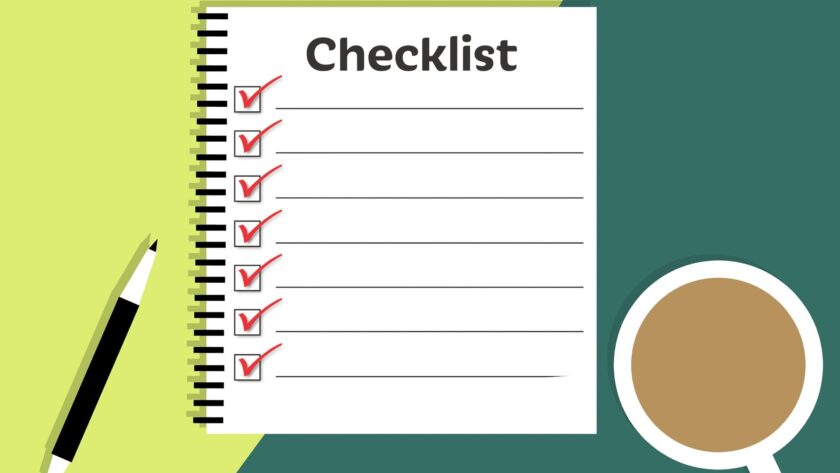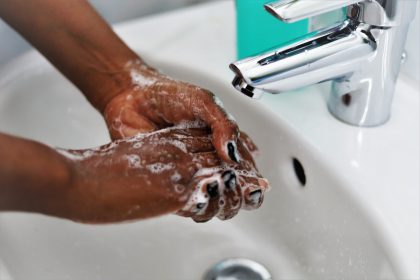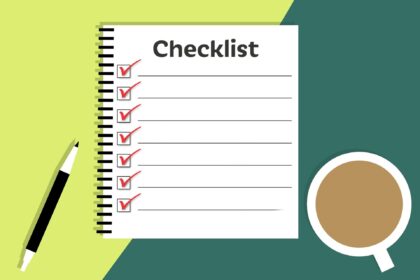Infection prevention is an important part of every component of care of a newborn baby. Newborn babies are more susceptible to infections because their immune system is immature; thus, the consequences of failing to follow infection prevention principles are particularly devastating.
Hospitals, wards, equipment and staff are all sources of infection for a baby. These infections are called Hospital Acquired Infections (HAI), which are often caused by bacteria that are resistant to commonly available antibiotics (multidrug resistant bacteria). These infections are difficult to treat or eradicate from the nursery and care is required to prevent such infections from spreading.
STANDARD PRECAUTIONS:
- Standard precautions are a set of infection control practices used to prevent transmission of diseases that can be acquired by contact with blood, body fluids, non-intact skin (including rashes), and mucous membranes.
- They are the minimum infection prevention practices that apply to all patient care regardless of suspected or confirmed infection status of the patient in any setting where health care is delivered
- They are designed to protect the healthcare practitioner (HCP) and prevent HCP from spreading infections among patients. These measures are to be used when providing care to all individuals, whether or not they appear infectious or asymptomatic.
INFECTION CONTROL POLICY
Every newborn unit should have a written infection control policy which should address:
- Methods and frequency of cleaning
- Policies for the supply of all cleaning and disinfectant products
- Disinfection/sterilization protocol
- Hand washing policy/protocol
- Use of personal protective equipment
- Waste disposal policy
- Care bundles for specific procedures
- Bed spacing policy – at least 1 metre apart between cots/incubators
GENERAL NURSERY INFECTION CONTROL MEASURES
- The unit should have several handwashing points with the steps in handwashing displayed.
- Aim to have hand washing stations at the entrance of the newborn ward.
- Infection prevention posters with short messages should be displayed on the ward
- The unit should have several alcohol hand rub dispensing points
- There should be minimal handling of babies as indicated by staff to avoid unnecessary cross- transfer of infection.
- There should be protocols for routine quarterly environmental and staff swabbings for infection surveillance
- Restrain hair in a manner that prevents its coming in contact with the infant.
- Do not eat, drink, or store food or drink within patient care areas in the newborn nurseries.
- Keep traffic (visitors, parents, and staff) to an absolute minimum and only as necessary
- Remove lab coats and jackets prior to entering the newborn unit and hang these outside of the patient care areas. Unit policy should be strictly followed.
- All hospital staff (including HCWs, maintenance and cleaning staff) should wear clean clothes with sleeves up above the elbows (with bare arms below the elbow) when entering the neonatal ward and having contact with babies in the newborn unit/nurseries.
- Gowns are not a standard precaution for HCWs or families in most neonatal units; if gowns are used, they should not be shared or reused until re-washed.
- Keep mobile phones away from patient care areas in the newborn wards as they are a source of infection
- Identify dedicated infection control Officers/Champions in the unit.
- Institute routine bi-weekly audit for infections in the newborn unit and have routine infection control reviews.
STRATEGIES FOR INFECTION PREVENTION AND CONTROL
The main strategies for infection prevention and control in the newborn wards include:
- Hand hygiene
- Environmental cleanliness and disinfection
- Medical equipment maintenance and cleaning
- Waste disposal
Hand Hygiene
- Hand hygiene is the simplest and the most important way to reduce transmission of infections in newborn units and healthcare settings.
- All health care workers (HCWs) and mothers/guardians should be taught thorough handwashing before and after handling every baby using the WHO technique.
- When entering a unit all HCWs and guardians must thoroughly wash their hands and arms up to the elbow with soap and water for at least 40-60 seconds. Make sure not to use clean hands to turn off the tap/faucet. Use elbow or towel to turn off faucet. If elbow tap not available, use paper towel to turn off faucet.
“Hand washing is the simplest and the most important practice to reduce transmission of infections in newborn units and all healthcare settings“
- Hands should be air-dried or dried using single-use towels (washed, dried and ironed before reuse). Common towels for drying hands must not be used as they facilitate transmission of infection.
- To perform thorough hand hygiene, remove all rings, bracelets, wrist watches, phones.
- Ensure nails are kept short, natural, and no nail polish.
- Alcohol hand rubs are appropriate for rapid hand decontamination between patient contacts.
- Apply generously to completely cover hands and rub hands
until dry before touching the baby. Allow up to 20-30secs for the alcohol to dry.
Note that alcohol rubs are not a substitute for hand washing if hands are soiled.
- Hand washing or sanitizing with alcohol should be the last thing you do before touching a patient and the first thing you do after completing tasks on a patient.
The WHO five moments of hand hygiene are (Figure 4.2):
- Before touching a patient
- Before any clean/aseptic procedure
- After body fluids, secretions, exposure/risk
- After touching any patient
- After touching patient surroundings
If alcohol handrub not available: Mix alcohol and glycerin solution: 2ml of glycerin + 100ml of alcohol 70-90%
Clean hands with 3 to 5ml of solution





